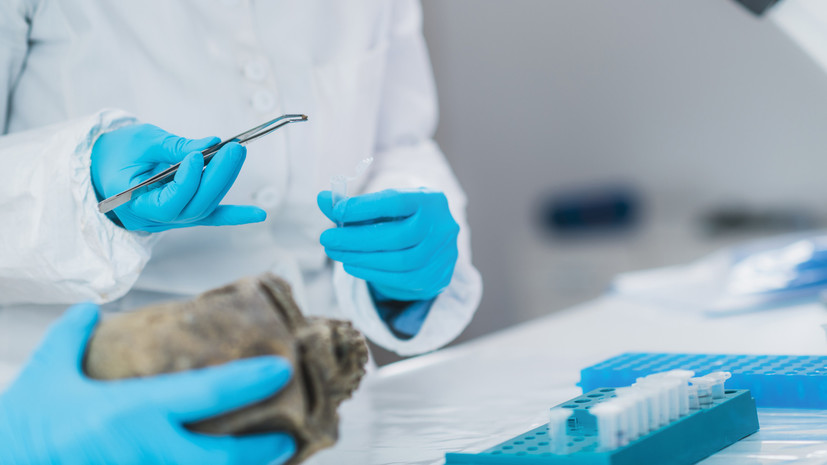- News of archeology and, in particular, anthropology, have become very popular in recent years. In your opinion, what can this be connected with?
- Anthropological topics really occupy the first lines, go to the top of scientific news. This is due to the fact that modern scientists have a new toolkit, new technologies that allow you to better investigate finds, make more discoveries, make it possible to better understand the events of the past. Also, in my opinion, there is a general humanization of scientific knowledge. People are increasingly interested in the questions of where we came from, why we are and what we will be. This is also due to the fact that we are no longer occupied with such direct issues as survival, and we can devote ourselves to important theoretical research.
- It turns out that the image of an archaeologist who sits in a large pit and searches day and night enthusiastically for something, is also a thing of the past?
- Archeology is a wonderful science. And besides the work that you are talking about, we now have a huge number of new research methods, primarily related to three-dimensional visualization of objects. We create digital copies of individual finds - archaeological sites. We examine the bones of a man of the past and find out how and for how long he lived, what he was sick with and what he ate, what were his professional occupations. Separately, huge interest is caused by everything that is somehow connected with the origin of people as such. On the territory of our country there are key finds and monuments that already now allow us to answer such questions.
- Why Homo sapiens ? How did it happen that in the evolutionary race the Neanderthals and Denisovans left the race?
- We are extremely proud that the latest discoveries are associated with the finds that were made on the territory of our country (the first remains of Denisov’s man were discovered in the cave of the same name in the Altai Territory in 1984. - RT ). Parallel "humanity": Neanderthals, Denisovans and Homo Sapiens interacted with each other. Moreover, both Denisovans and Neanderthals have existed for many hundreds of thousands of years. They left their mark on material culture and in our genes. Each of us has up to 2% of the Neanderthal genetic heritage, and up to 6% of the Denisov heritage in Asia, Melanesia, Australia. This is very important - some valuable properties have passed from us to these people. For example, the features of our immunity came to us from Neanderthals and, possibly, even diseases like diabetes of the second type, but this is a debatable issue. It is now known that Denisovans lived in high mountain conditions, therefore, adaptation to oxygen starvation, apparently, is also their legacy.
- Anthropologist Maria Mednikova on the heritage of Neanderthals and Denisov people
- In your lecture here, at the XIV All-Russian Festival NAUKA 0+, you talked about the life of prehistoric children. What was she like?
- Life was, of course, difficult. In my lecture, I talk about various interesting methodological keys in the study of very young children, infants. Previously, this category was hardly taken into account. But thanks to studies conducted over the past several decades by foreign and domestic authors, we were able to understand how children were formed. This is very important, because childhood is a very important period in a person’s life.
- In your opinion, what discoveries by Russian archaeologists should be paid special attention to?
- For example, one of the most important finds in Dagestan is related to the very early emigration of people from Africa to the Caucasus. About 2 million years ago, they lived there, hunted. One of the earliest stone tools of ancient man was discovered there.

